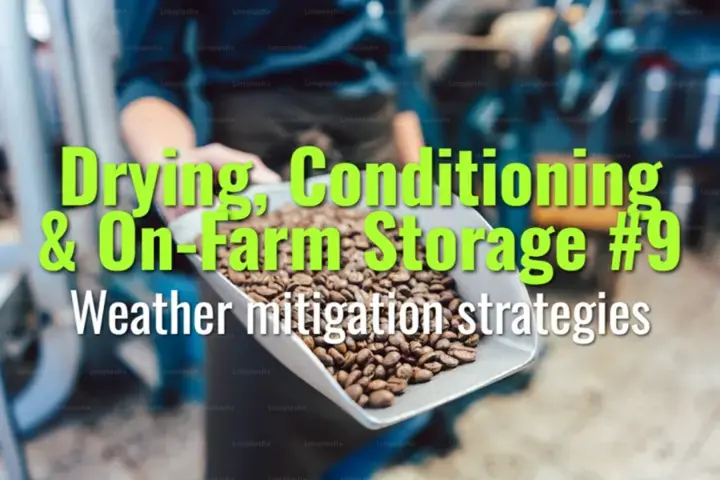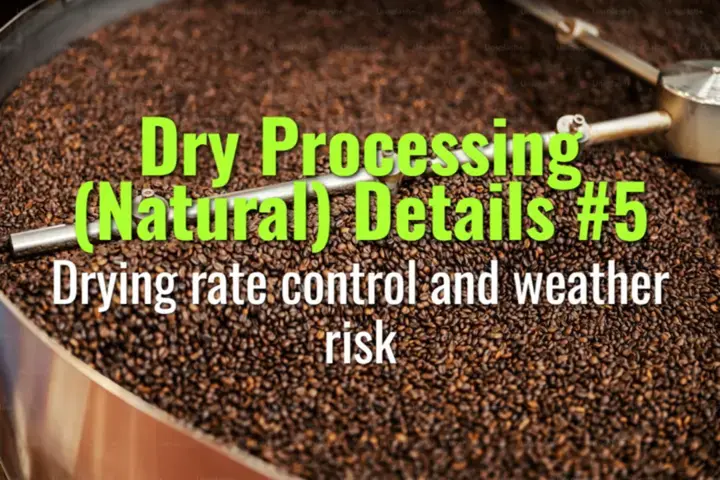
Weather mitigation strategies
This topic explains how farmers manage weather-related risks during coffee drying and storage, with strategies to protect against rain, humidity, wind, and excessive sun exposure.

This topic explains how farmers manage weather-related risks during coffee drying and storage, with strategies to protect against rain, humidity, wind, and excessive sun exposure.

This topic explains how altitude and humidity influence honey and pulped natural processing, affecting drying times, fermentation dynamics, and final flavor outcomes.

This topic explains how color standards and visual cues are used to identify honey process types (white, yellow, red, black), how they develop during drying, and why they matter for consistency and quality assurance.

This topic explains how turning schedules vary by honey process color (white, yellow, red, black), why frequent turning is critical, and how it impacts drying speed, risk, and flavor development.

This topic explains drying curves in honey and pulped natural processes, how time to reach target moisture is managed, and why controlled drying is essential for flavor and stability.

This topic explains how controlling the drying rate and managing weather risks are essential in natural (dry) coffee processing to ensure stability, flavor quality, and defect prevention.